Country
Crash of a Boeing 707-3J9C in Fath: 15 killed
Date & Time:
Jan 14, 2019 at 0830 LT
Registration:
EP-CPP
Survivors:
Yes
Schedule:
Bishkek - Payam
MSN:
21128/917
YOM:
1976
Crew on board:
16
Crew fatalities:
Pax on board:
0
Pax fatalities:
Other fatalities:
Total fatalities:
15
Circumstances:
The airplane, owned by the Islamic Republic of Iran Air Force (IRIAF) was completing a cargo flight from Bishkek, Kyrgyzstan, on behalf of Saha Airlines, and was supposed to land at Payam Airport located southwest of Karaj, carrying a load of meat. On approach, the crew encountered marginal weather conditions and the pilot mistakenly landed on runway 31L at Fath Airport instead of runway 30 at Payam Airport which is located 10 km northwest. After touchdown, control was lost and the airplane was unable to stop within the remaining distance (runway 31L is 1,140 meters long), overran and crashed in flames into several houses located past the runway end. The aircraft was destroyed by fire as well as few houses. The flight engineer was evacuated while 15 other occupants were killed.
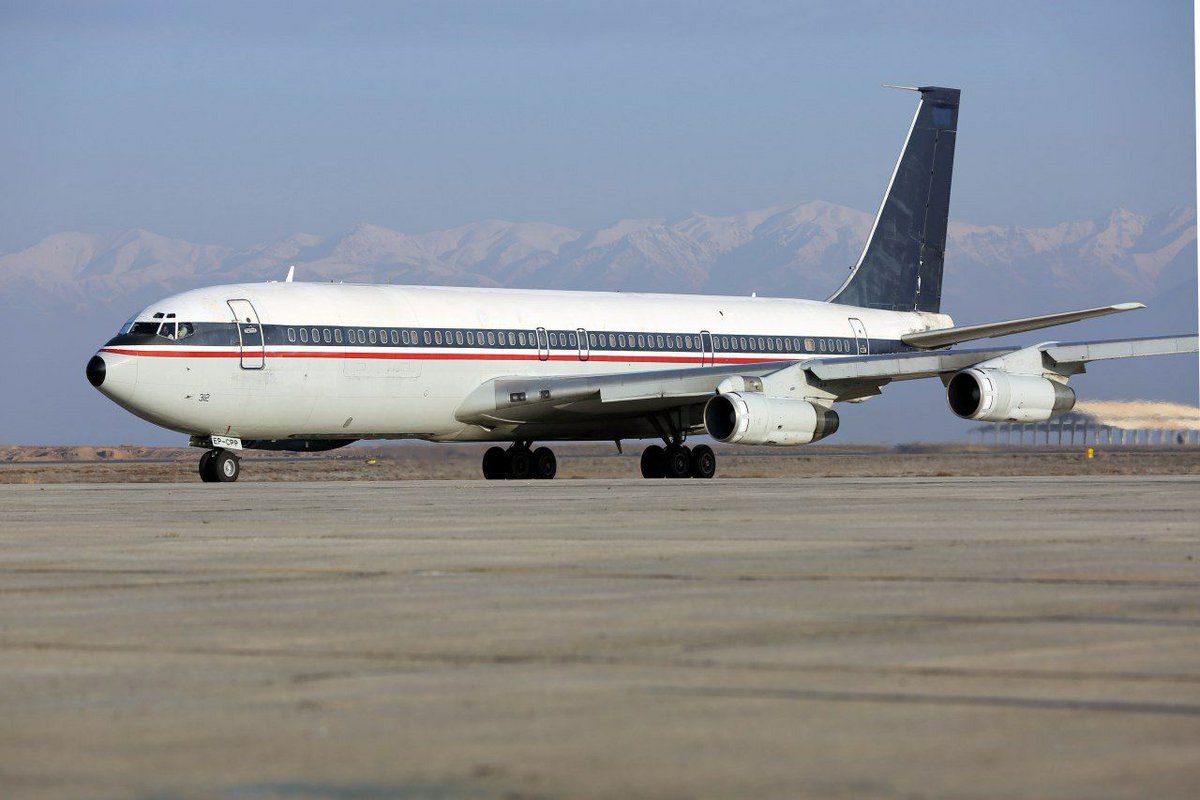


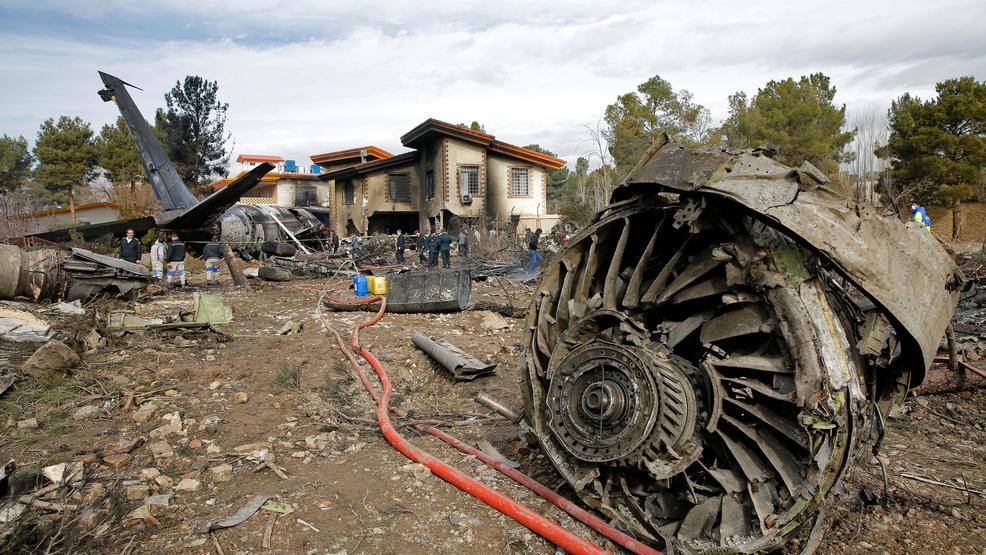
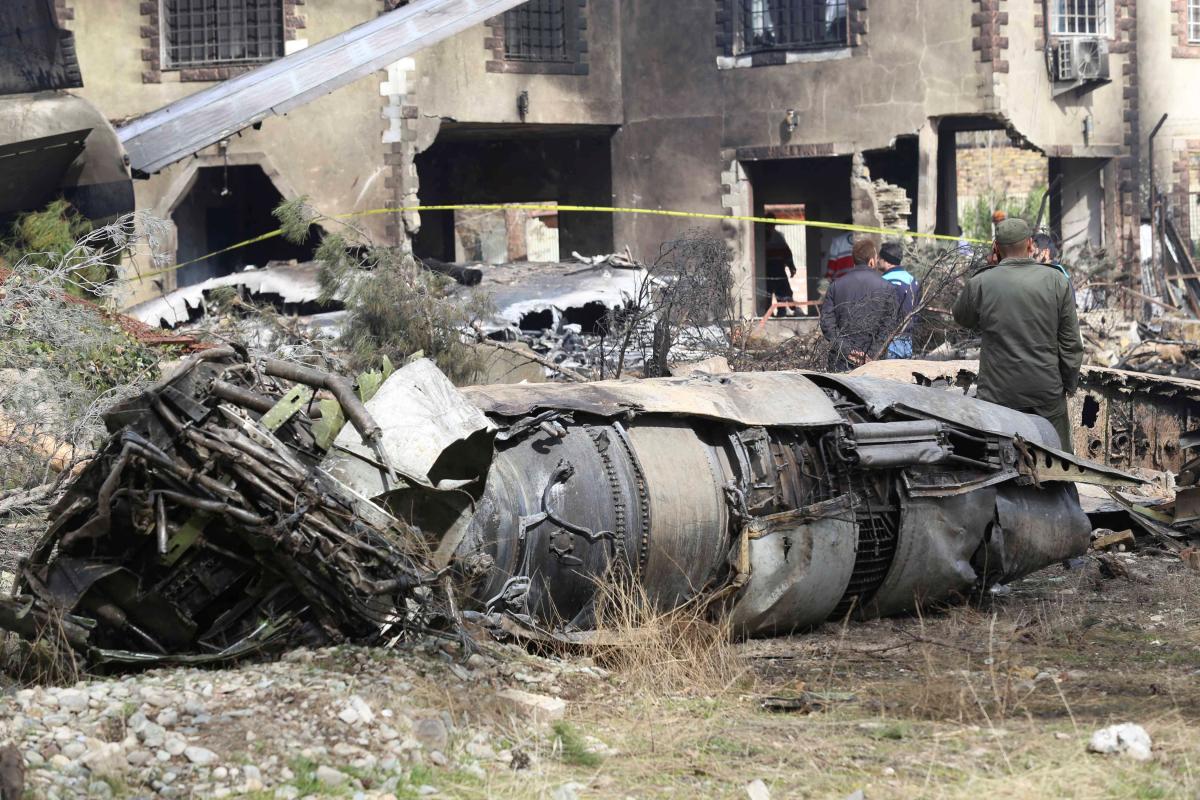



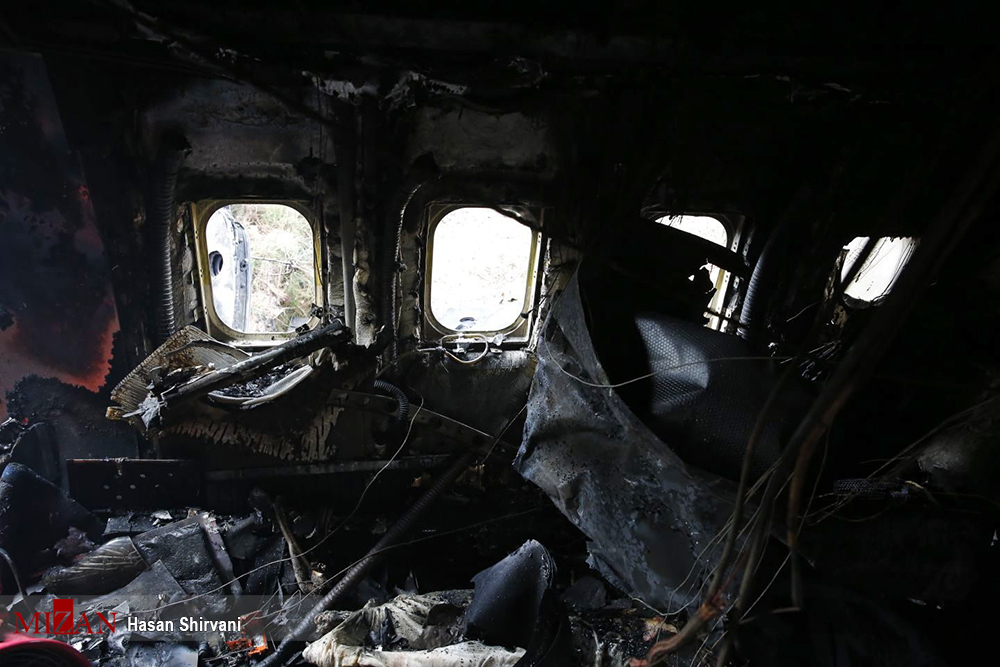
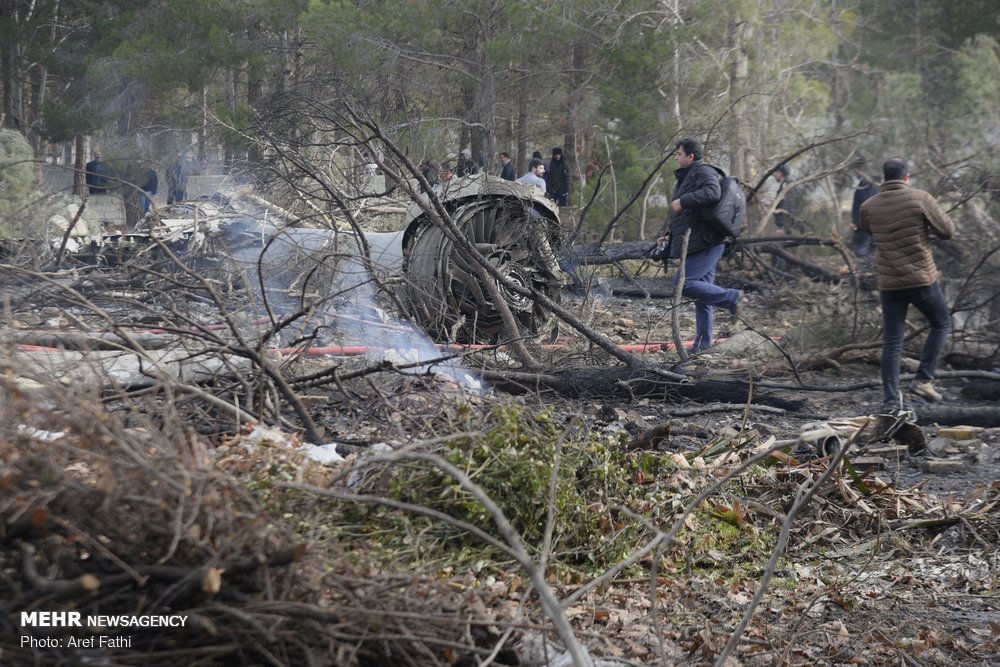



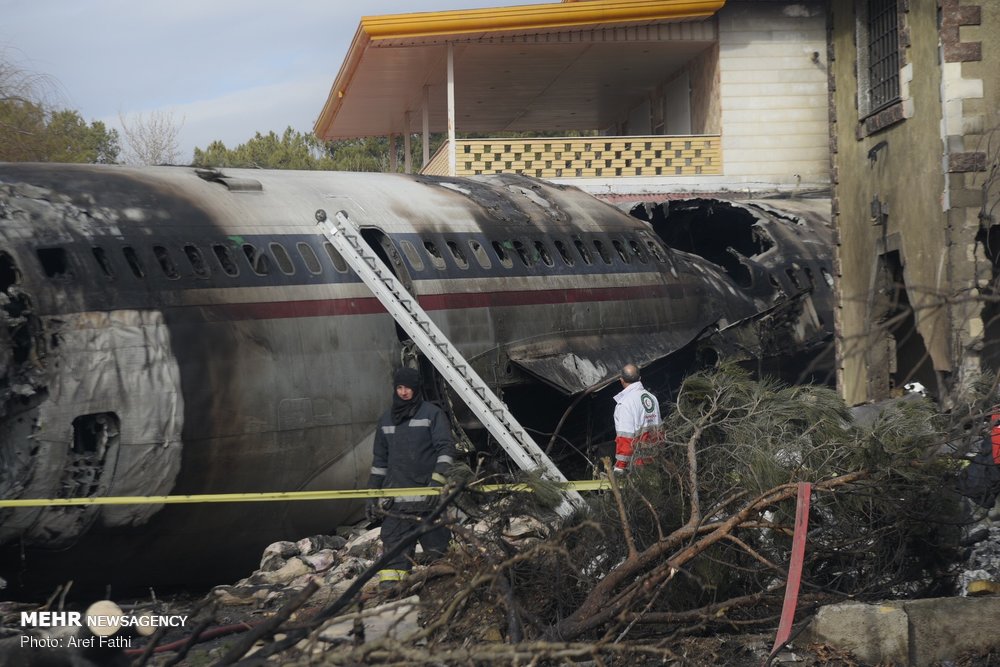
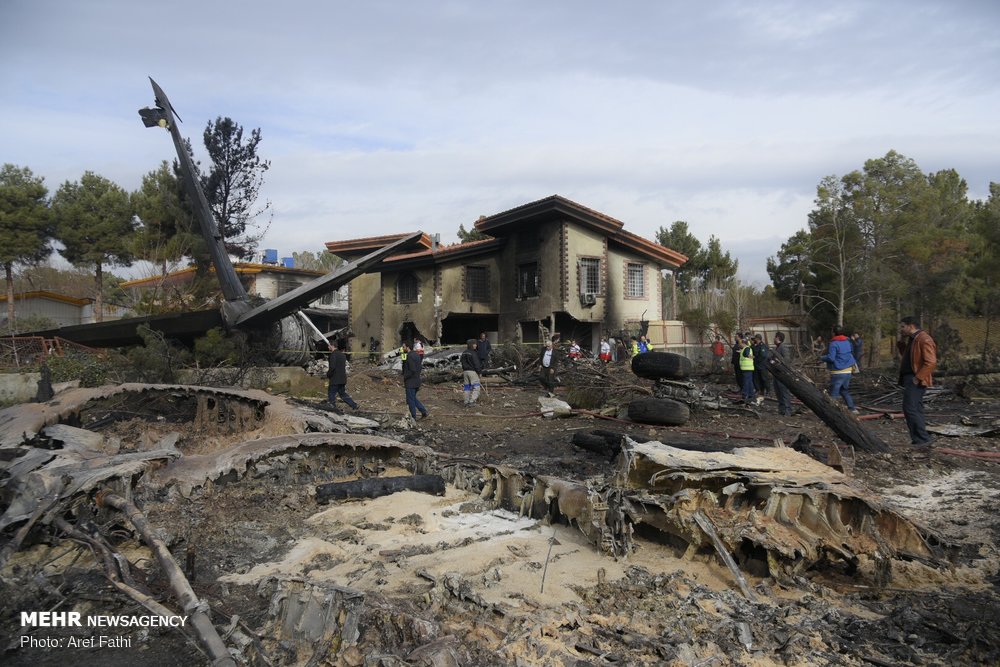
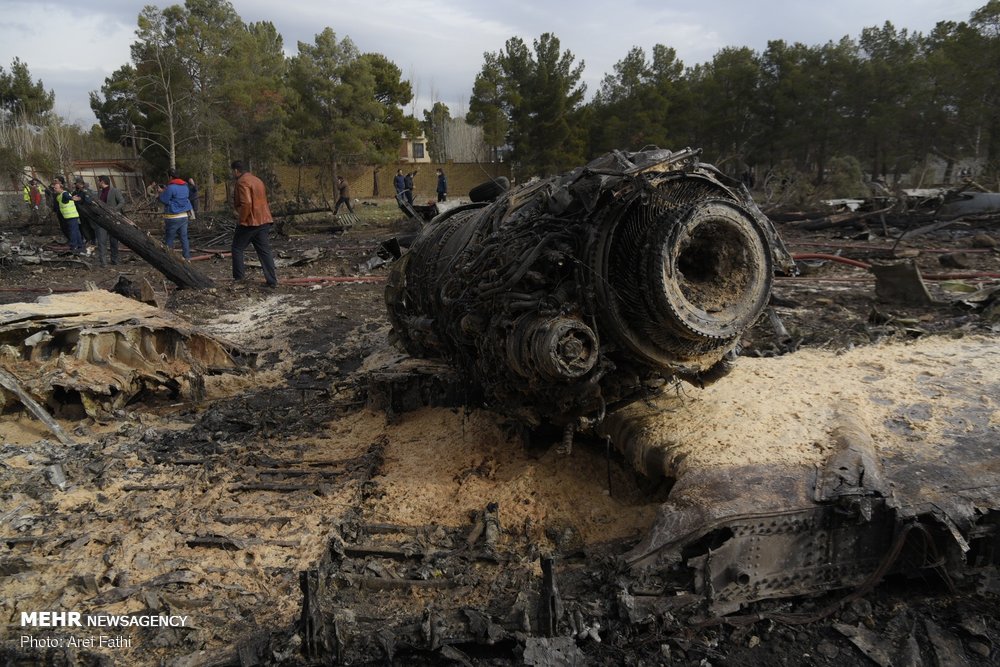
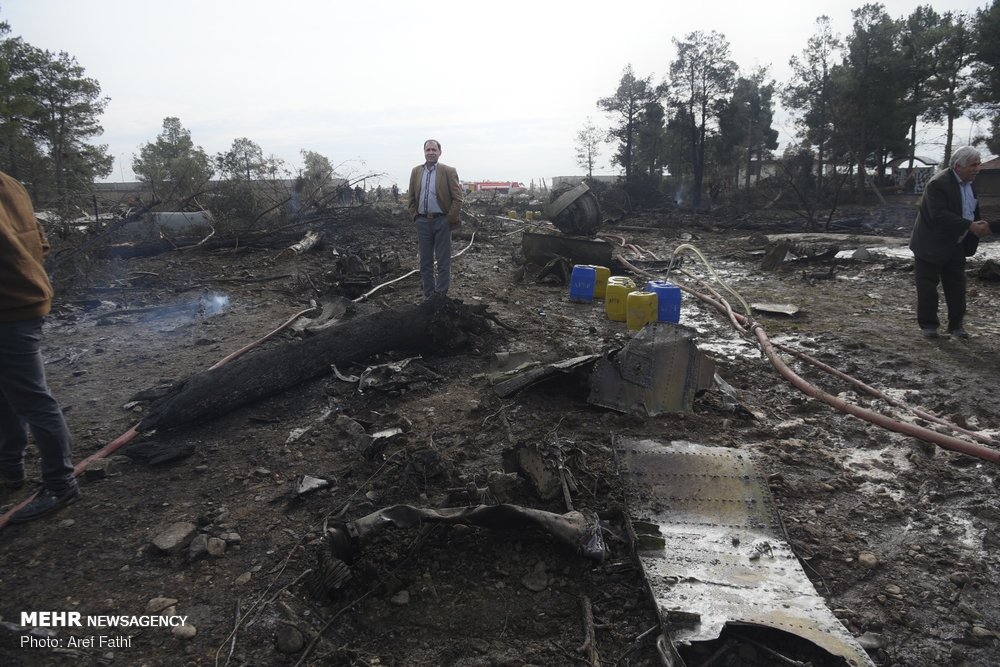
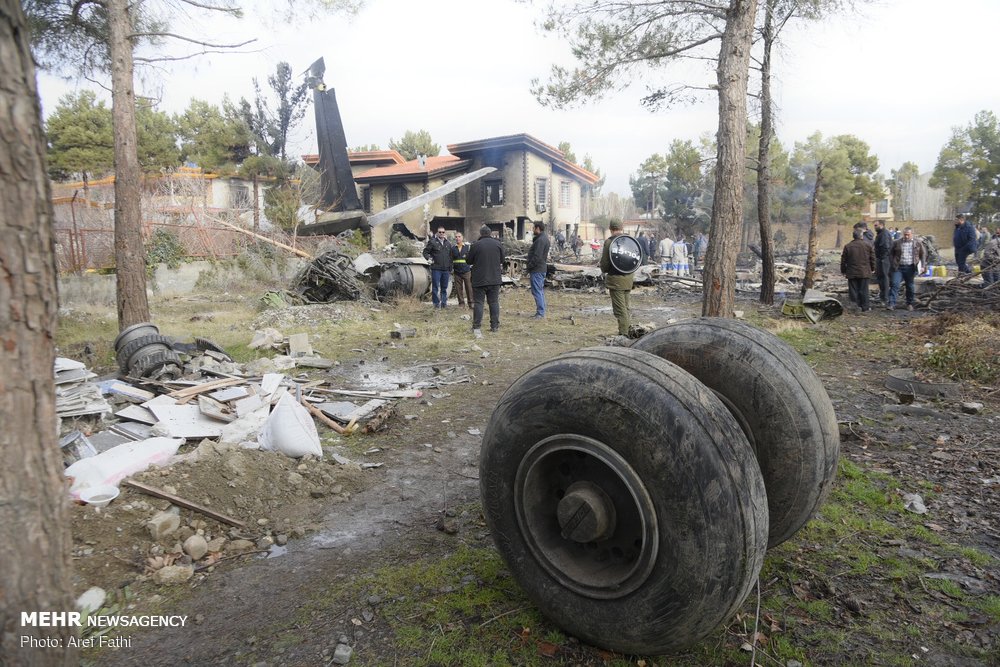
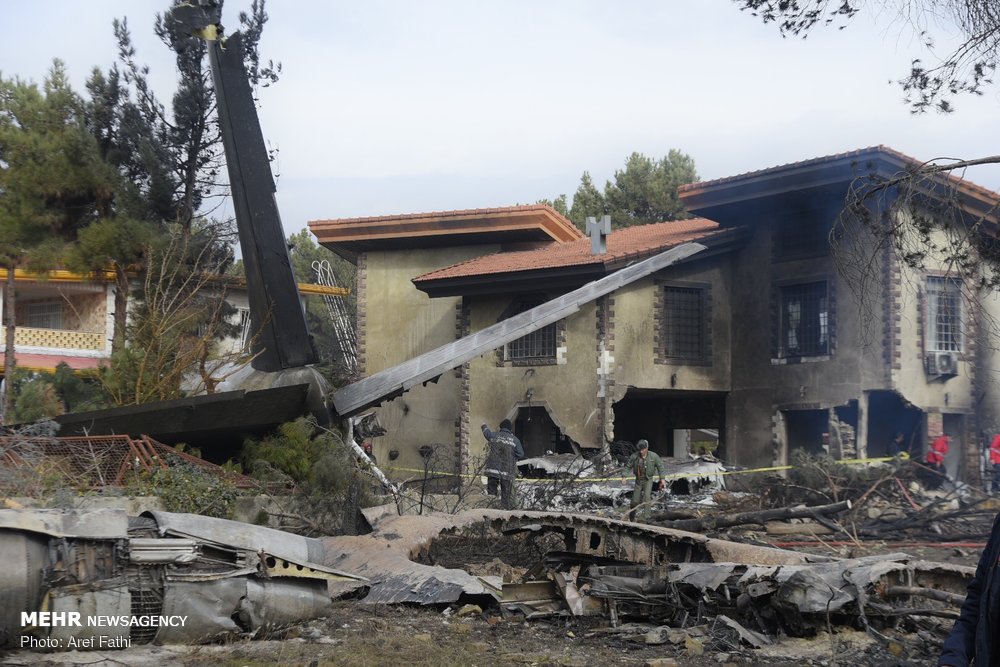
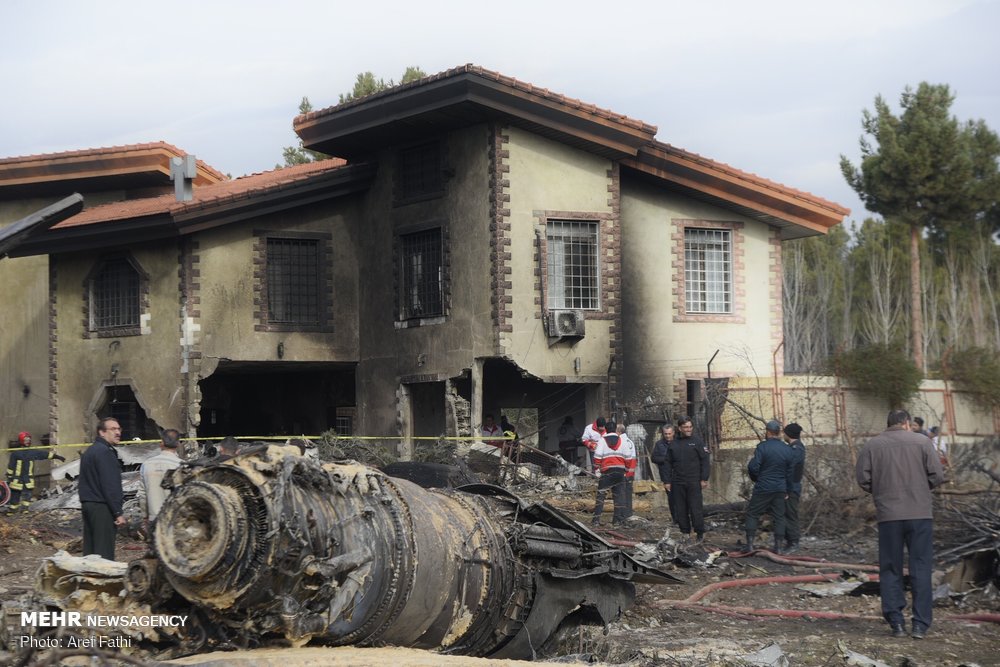
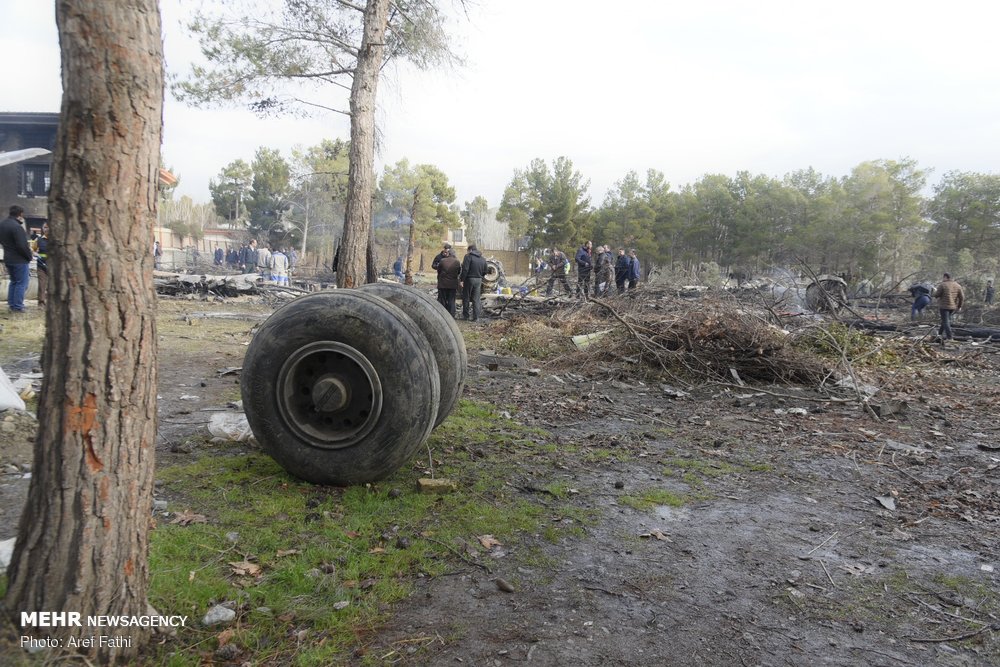
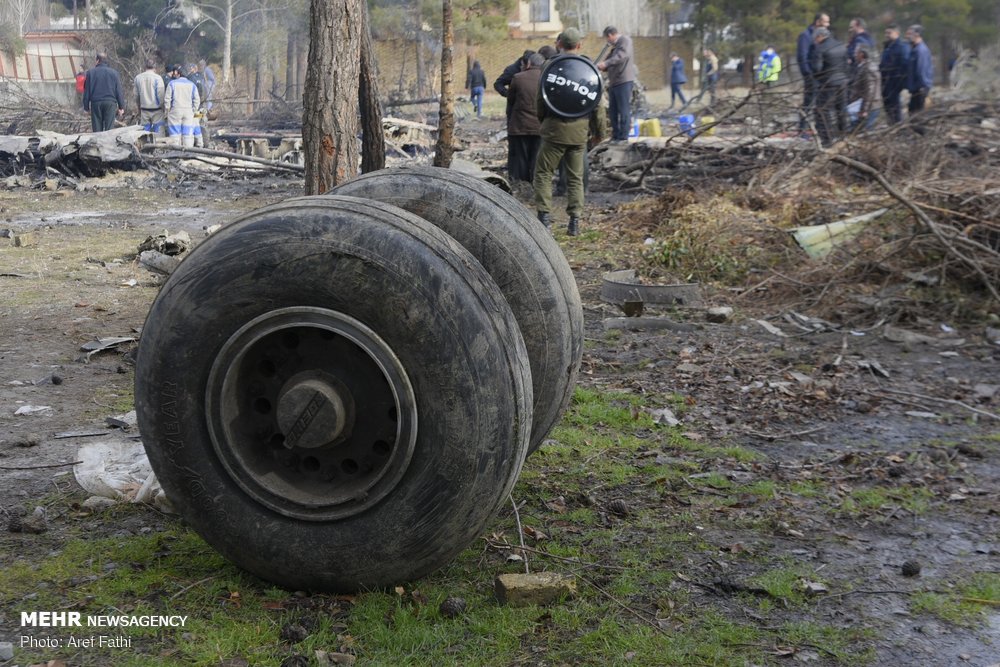
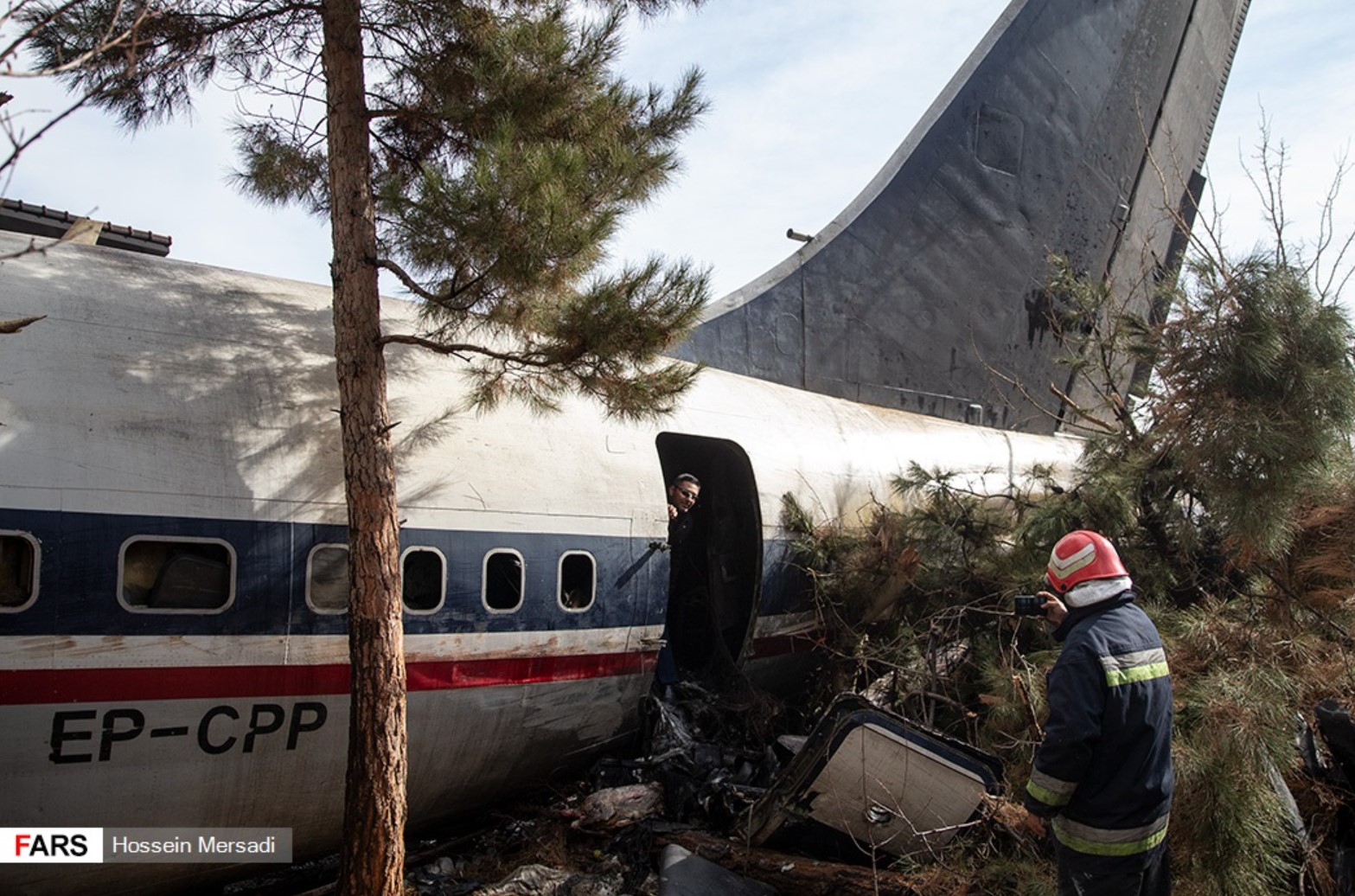
Crash of a Boeing 707-321B at Point Mugu NAS
Date & Time:
May 18, 2011 at 1727 LT
Registration:
N707AR
Survivors:
Yes
Schedule:
Point Mugu NAS - Point Mugu NAS
MSN:
20029/790
YOM:
1969
Flight number:
OME70
Crew on board:
3
Crew fatalities:
Pax on board:
0
Pax fatalities:
Other fatalities:
Total fatalities:
0
Captain / Total hours on type:
2730.00
Copilot / Total hours on type:
2900
Aircraft flight hours:
47856
Aircraft flight cycles:
15186
Circumstances:
On May 18, 2011, about 1727 Pacific daylight time, a modified Boeing 707, registration N707AR, operating as Omega Aerial Refueling Services (Omega) flight 70 crashed on takeoff from runway 21 at Point Mugu Naval Air Station, California (KNTD). The airplane collided with a marsh area to the left side beyond the departure end of the runway and was substantially damaged by postimpact fire. The three flight crewmembers sustained minor injuries. The flight was conducted under the provisions of a contract between Omega and the US Naval Air Systems Command (NAVAIR) to provide aerial refueling of Navy F/A-18s in offshore warning area airspace. According to the Federal Aviation Administration (FAA), Omega, and the US Navy, the airplane was operating as a nonmilitary public aircraft under the provisions of 49 United States Code Sections 40102 and 40125. The accident flight crew consisted of a captain, first officer, and flight engineer who had flown with each other many times previously. The crewmembers reported conducting a normal preflight inspection. As the airplane taxied toward the runway, the reported wind was from 280º magnetic at 24 knots, gusting to 34 knots; the flight crew reported that the windsock showed very little change in the wind direction and a slight amount of gust. The crew had calculated a takeoff decision speed (V1) of 141 knots and a rotation speed (Vr) of 147 knots. The crew elected to add 5 knots to the rotation speed to compensate for the wind gusts and briefed a maximum power takeoff. The first officer, who was the pilot monitoring, stated that he advised the captain, who was the pilot flying, about advancing the power relatively smoothly to avoid a compressor stall with the crosswind, and the captain agreed. About 1723, air traffic control cleared the flight for takeoff from runway 21 and instructed the crew to turn left to a heading of 160º after departure. The captain applied takeoff thrust, and the first officer told investigators that, as the pilot in the right seat, he applied forward pressure on the yoke and right aileron input to compensate for the right crosswind. According to the crew, the takeoff roll was normal. At rotation speed, the captain rotated the airplane to an initial target pitch attitude of 11º airplane nose up. Shortly after liftoff, when the airplane was about 20 feet above the runway and about 7,000 feet down the runway, all three crewmembers heard a loud noise and observed the thrust lever for the No. 2 (left inboard) engine rapidly retard to the aft limit of the throttle quadrant. The captain stated that he applied full right rudder and near full right aileron to maintain directional control and level the wings, but the airplane continued to drift to the left. The captain reported that he perceived the airplane would not continue to climb and decided to “put it back on the ground.” Witnesses and a cell phone video from another Omega 707 crewmember observing the takeoff indicated that the No. 2 (left inboard) engine separated and traveled up above the left wing as the airplane was passing abeam taxiway A2. The inlet cowling for the No. 1 (left outboard) engine separated immediately thereafter, consistent with being struck by the No. 2 engine nacelle. The airplane began to descend with the remaining three engine power levers at maximum power, and the left wing dipped slightly (Pratt & Whitney indicated that loss of the inlet cowling on the No. 1 engine would increase drag, effectively resulting in less than zero thrust output). The captain said he lowered the nose and leveled the wings just as the airplane touched down on the runway between taxiway A2 and A1. The airplane made multiple contacts with the runway before drifting left and departing the runway surface before the airplane reached taxiway A1. The airplane crossed taxiway A and came to rest in the marsh area. According to the flight crewmembers, they observed flames in the cabin area and did not have time to perform an engine shutdown or evacuation checklist. The crew reported difficulty exiting the cockpit due to mud and debris blocking the cockpit door. All three crewmembers successfully evacuated through the left forward entrance via the escape slide.
Probable cause:
The NTSB determines that the probable cause of this accident was the failure of a midspar fitting, which was susceptible to fatigue cracking and should have been replaced with a newer, more fatigue-resistant version of the fitting as required by an airworthiness directive. Also causal was an erroneous maintenance entry made by a previous aircraft owner, which incorrectly reflected that the newer fitting had been installed.
Final Report:







Crash of a Boeing 707-330C in Sharjah: 6 killed
Date & Time:
Oct 21, 2009 at 1531 LT
Registration:
ST-AKW
Survivors:
No
Schedule:
Sharjah - Khartoum
MSN:
20123/788
YOM:
1969
Flight number:
AZZ2241
Crew on board:
6
Crew fatalities:
Pax on board:
0
Pax fatalities:
Other fatalities:
Total fatalities:
6
Copilot / Total hours on type:
900
Aircraft flight hours:
77484
Aircraft flight cycles:
26888
Circumstances:
The Aircraft was operating a flight from Sharjah International Airport, UAE to Khartoum International Airport, Sudan, with a total of six persons on board: three flight crew members (captain, co-pilot, and flight engineer), a ground engineer, and two load masters. All of the crew members sustained fatal injuries due to the high impact forces. Sometime after of liftoff, the core cowls of No. 4 engine separated and collapsed onto the departure runway, consequently No. 4 Engine Pressure Ratio (“EPR”) manifold flex line ruptured leading to erroneous reading on the EPR indicator. The crew interpreted the EPR reading as a failure of No. 4 engine; accordingly they declared engine loss and requested the tower to return to the Airport. The Aircraft went into a right turn, banked and continuously rolled to the right at a high rate, sunk, and impacted the ground with an approximately 90° right wing down attitude.
Probable cause:
The Investigation identified the following Causes:
(a) the departure of the No. 4 engine core cowls;
(b) the consequent disconnection of No. 4 engine EPR Pt7 flex line;
(c) the probable inappropriate crew response to the perceived No. 4 engine power loss;
(d) the Aircraft entering into a stall after the published maximum bank angle was exceeded; and
(e) the Aircraft Loss of Control (“LOC”) that was not recoverable.
Contributing Factors to the Accident were:
(a) the Aircraft was not properly maintained in accordance with the Structure Repair
Manual where the cowls had gone through multiple skin repairs that were not up to
aviation standards;
(b) the Operator’s maintenance system failure to correctly address the issues relating to the No. 4 engine cowls failure to latch issues;
(c) the failure of the inspection and maintenance systems of the maintenance organization, which performed the last C-Check, to address, and appropriately report, the damage of the No. 4 engine cowls latches prior to issuing a Certificate of Release to Service;
(d) the Operator’s failure to provide a reporting system by which line maintenance personnel report maintenance deficiencies and receive timely and appropriate guidance and correction actions;
(e) the Operator’s quality system failure to adequately inspect and then allow repairs that were of poor quality or were incorrectly performed to continue to remain on the Aircraft; and
(f) the SCAA safety oversight system deficiency to adequately identify the Operator’s chronic maintenance, operations and quality management deficiencies.
(a) the departure of the No. 4 engine core cowls;
(b) the consequent disconnection of No. 4 engine EPR Pt7 flex line;
(c) the probable inappropriate crew response to the perceived No. 4 engine power loss;
(d) the Aircraft entering into a stall after the published maximum bank angle was exceeded; and
(e) the Aircraft Loss of Control (“LOC”) that was not recoverable.
Contributing Factors to the Accident were:
(a) the Aircraft was not properly maintained in accordance with the Structure Repair
Manual where the cowls had gone through multiple skin repairs that were not up to
aviation standards;
(b) the Operator’s maintenance system failure to correctly address the issues relating to the No. 4 engine cowls failure to latch issues;
(c) the failure of the inspection and maintenance systems of the maintenance organization, which performed the last C-Check, to address, and appropriately report, the damage of the No. 4 engine cowls latches prior to issuing a Certificate of Release to Service;
(d) the Operator’s failure to provide a reporting system by which line maintenance personnel report maintenance deficiencies and receive timely and appropriate guidance and correction actions;
(e) the Operator’s quality system failure to adequately inspect and then allow repairs that were of poor quality or were incorrectly performed to continue to remain on the Aircraft; and
(f) the SCAA safety oversight system deficiency to adequately identify the Operator’s chronic maintenance, operations and quality management deficiencies.
Final Report:



Crash of a Boeing 707-321C in Mombasa
Date & Time:
Oct 13, 2009
Registration:
J5-GGU
Survivors:
Yes
MSN:
19372/655
YOM:
1967
Crew on board:
3
Crew fatalities:
Pax on board:
0
Pax fatalities:
Other fatalities:
Total fatalities:
0
Circumstances:
On final approach to Mombasa-Moi Airport, the aircraft was too low and collided with approach lights. The crew continued the approach and the aircraft landed safely. Few seconds later, while evacuating the runway to the taxiway, the right main gear collapsed. All three crew members escaped uninjured while the aircraft was damaged beyond repair.

Incident with a Boeing 707-3J9C in Ahwaz
Date & Time:
Aug 3, 2009 at 1000 LT
Registration:
EP-SHK
Survivors:
Yes
Schedule:
Ahwaz - Tehran
MSN:
21128/917
YOM:
1976
Flight number:
IRZ124
Crew on board:
12
Crew fatalities:
Pax on board:
162
Pax fatalities:
Other fatalities:
Total fatalities:
0
Circumstances:
Shortly after take off from Ahwaz Airport, while in initial climb, the engine n°2 suffered an uncontained failure. The crew informed ATC about the situation and was cleared for an immediate return. The aircraft landed safely 10 minutes later and was stopped on the main runway. All 174 occupants were rescued, among them two passengers were slightly injured. The aircraft was considered as damaged beyond repair as n°1 engine and the left wing were also damaged due to debris from the n°2 engine's compressor.
Probable cause:
It appears that a stage of the high pressure compressor in the n°2 engine disintegrated during initial climb. Elements punctured the nacelle and hit the left wing and the n°1 engine. After the n°2 engine failed, the n°1 engine lost power.

Crash of a Boeing 707-347C in Addis Ababa
Date & Time:
Jun 19, 2005 at 0342 LT
Registration:
C5-MBM
Survivors:
Yes
Schedule:
Douala - Addis Ababa
MSN:
19966
YOM:
1968
Crew on board:
5
Crew fatalities:
Pax on board:
0
Pax fatalities:
Other fatalities:
Total fatalities:
0
Circumstances:
Following a night approach to Addis Ababa-Bole Airport, the aircraft landed hard and bounced several times. It lost its undercarriage, slid for few dozen metres then veered off runway to the left and came to rest. All five crew members escaped uninjured while the aircraft was damaged beyond repair.





